COMMENTARY: Student-athlete’s inside look at what’s being done to bring back the discontinued athletic programs
The St. Edward’s men’s tennis program was one of the six sports discontinued by the university. The team recently had four athletes earn six All-America Honors – the most in NCAA Division II.
In mid-April, St. Edward’s administration cut six varsity athletic programs, abandoning 88 current athletes, around 25 incoming athletes, 6 sets of coaching staff and approximately 3,500 living alumni in the process.
As a men’s tennis player and the president of the student-athlete committee, I want to give a firsthand account of what has happened and how this experience has affected the SEU community. Aside from explaining the major events, I will do my best summarize the main arguments for both the administration and the athletes. I intend to share what has happened behind the scenes, and, in the end, will try my best to come to a reasonable position about the recent events.
——–
Over the past two weeks, I have spent numerous hours on Zoom calls each day with coaching staff, concerned alumni, students and members of the St. Edward’s administration. We have been desperately trying to have our voices heard by speaking to as many news outlets as possible, writing letters to the president of the university and reaching out to anyone who can help.
These efforts resulted in a petition that was signed just under 20,000 times (nearly six times greater than the total number of students at St. Edward’s), thousands of angry tweets and social media posts and a signed letter from alumni and current students that requests the president to be replaced immediately.
Nevertheless, our pleading has been met with no real response. After having numerous meetings with SEU administration, they agreed to develop fundraising reinstatement plans for each individual sport. But the plan for men’s and women’s tennis, for example, was nothing short of ludicrous. It requested first that we fundraise $2 million in one month, which would cover the operating budget, coaching salaries and numerous overhead expenses. Secondly, the plan asked that—for five years following that first amount—we would raise $3,240,000 each year to build an endowment for the program.
The university’s demand for tennis alone totals $18.2 million. Add that to the similar fundraising plans for the other programs, and SEU is asking its students and alumni to raise over $60 million. (To put this number into perspective, an administrator told me that the endowment for the entire university was around $115 million last year). But if we fundraise anything less then we won’t have sustainable programs, according to administration.
To many of the alumni and athletes, this seems more like a ransom letter than a reinstatement plan.
Despite the enormous request, each of the athletic teams has done what they do best—fight until the bitter end. The tennis programs have already raised nearly $500 thousand from alumni, and the golf programs are in a similar position. One recent graduate and I started a website for grassroots fundraising, which has become more of a symbol of hope and solidarity than a pathway to raise millions.
But no matter how hard we fight, doubt lurks around the corner. For some athletes, there is little hope left. It’s one of the saddest things I have ever experienced in my life. I’ve had to watch some of my closest friends give up on the dreams that they’ve had since they were children. Like all athletes who reach this level, college sports are the culmination of lifelong dreams that started before we had graduated fourth grade or had our 10th birthday party.
The worst part of these cuts is that, even though the university has honored its scholarship commitments, we now have to choose between our dreams and our home. We can give up our athletic dreams completely and stay at St. Edward’s—a place that is more home than home—or we can transfer to play sports and abandon the place we love.
But no matter how hard this situation has been for athletes, as administration has rightfully pointed out, this is a time of suffering for many around the world. The danger facing the world is twofold. Many people are sick and dying, and countless others will be financially impacted for years. Thus, the risks that face our small, private university are understandable and extremely concerning.
In a brief 20-minute call with Dr. Martin (the only time he has spoken to any of us), he told me that around 92% of St. Edward’s annual revenue comes from students, many of whom are first-generation college students. In fact, he explained, about 40% of students at St. Edward’s are eligible for a Pell grant. Since COVID-19 is positioned to affect minorities the most and St. Edward’s has a high minority population, the school is concerned that it won’t be able to offer affordable education to students. The thought is frightening. And even though the university hasn’t been affected yet, administrators predict that the school will lose up to 12% of its revenue.
Understandably, the school needs to undergo stringent budget cuts to make sure that future students are still able to receive financial aid. No one disagrees with the university on this, not even the athletes. Everyone wants to find a solution that is best for the university and all of its students.
However, disproportionately spreading the burden is not what’s best for everyone. While we know the school is projected to lose 12% of its overall revenue, we can assume that the athletic budget decreased by far greater than that number. Frustratingly, the administration refuses to tell us how much the athletic budget changed between 2019 to 2020 and 2020 to 2021, or how much they will save by removing these sports. All we know is that Debbie Taylor, the Associate Vice President for Athletics, was forced to cut 33% of all athletic teams with the budget that the administration gave her.
———-
Two weeks ago, a consulting report was apparently leaked with information about the athletics department, which gives detailed information about each of the sports that were cut. The report, which was conducted in November 2018, ironically shows that five out of six of the cut teams were listed as “break-even” or “revenue” sports, meaning that they either had positive revenue or weren’t contributing significant losses. However, other teams that were referred to as “bleeding” suffered no consequences. In fact, the sports that were cut brought in an average of $135,763 in revenue. To put that number in perspective, the report outlined that two teams alone were costing the athletics department over $600 thousand per year, and it showed the entire athletics department was bringing in less than $475 thousand in annual revenue.
For a long time, this was the most confusing part for alumni and athletes. Not only were our teams bringing in revenue, but the consulting report didn’t list cutting programs at all. It did just the opposite—the consultants recommended increasing roster size on 15 out of 16 teams, as well as adding track, eSports and lacrosse programs. If anything, the report seemed to suggest that, in a time of crisis, the best thing to do would be to grow the athletic department rather than truncate it, especially since the university was worried about student attendance for the upcoming year.
In a one-on-one meeting with Debbie Taylor, I asked about the report and the questions it raised. She suggested that we were looking at it the wrong way. First, it’s not that the teams who were cut deserved it in some way, but rather there was a limited set of choices after considering Title IX restrictions and Lone Star Conference regulations.
Secondly, she explained, these cuts had nothing to do with revenue or performance. We were focusing on the fact that the product being sold was making revenue, but we didn’t consider that there was no money to buy or make the product to begin with. In other words, given the extremely harsh budget that the administration gave athletics, there was no other possible outcome than to cut teams.
This knowledge makes athletes and alumni question whether the athletics budget cuts were reasonable, especially considering no more than 15 athletic programs have been cut since the COVID-19 crisis (six of those cut programs are from St. Edward’s University.) And as nearly every other college in the U.S. has shown, there are other ways to reduce an athletic department budget than to kill off your teams. Teams across the country have greatly restricted their travel budgets, coaches have experienced salary reductions and overall they have found creative ways to make COVID-19 manageable. One college in Ohio opted to suspend all of its athletics programs for one year rather than sacrifice its teams entirely, and other schools all across the country are finding other ways to make athletics manageable.
As mentioned before, none of us are suggesting that the athletic department be untouched during this crisis. We are claiming that the blow needs to be spread evenly, and, if nothing else, we need to make sure that these teams survive and continue to exist.
Unfortunately, the blow has not yet been distributed appropriately. In the most recent webinar, Vice President for Finance and Administration Kim Kvaal, responded to a question from a student about whether the administration would take any pay-cuts. Kvaal said that they weren’t getting raises anytime soon, which was a great sacrifice in itself. In fact, she said, by doing so they were adopting the “spirit of humility embedded in the Holy Cross virtues.” While the presidents of other schools were being dramatic by drastically reducing their salaries, St. Edward’s administrators were being humble by not making such “grandiose gestures.”
Before Kvaal said this, I had refused to suggest that the administrators or the president should take a pay-cut. I am the last person to say that we should take from one person and give to another. However, I will gladly be the first person to point out hypocrisy. It is not “humble” that our university’s president, whose salary is nearly two times greater than that of the President of the United States, will leave the COVID-19 crisis unscathed, choosing to sacrifice the students first. Because no matter how much the administration cares about its students (and many of them care deeply), it is astoundingly hypocritical for them to say that losing a bonus is equally as bad as six sets of coaching staff losing their jobs, thousands of alumni losing their legacies and 100 athletes losing the sports that they have dedicated their entire lives to.
If George Martin declined his salary this upcoming year (which is the last of his lengthy career), then he could certainly make up for the deficit in the athletics budget. In 2015, The Dallas Morning News estimated that he earned just under 1.4 million, which is higher than his presidential peers at numerous Ivy League universities. It might not be fair to pressure him or any of the other administrators to relinquish their salaries, but, then again, it’s not fair that the university cut the teams who were responsibly handling their budgets and expenses. It’s not fair that the university is asking for over $60 million from those same responsible teams. It’s not fair that some of the smartest, most involved and proudest Hilltoppers are being forced to leave their home.
Most of all, it’s unfair that the university hasn’t compromised with us at all during this process. Golf and tennis have already raised twice the number that the athletic department makes each year, and we’ve been met with annoyance rather than excitement. Even in the event that we raise $1.5 million, they haven’t agreed to any type of contingency plan. They’ve suggested that if we get anything less than what has been demanded, we won’t be reinstated.
From my own research, it appears that St. Edward’s is demanding more for its cut athletic teams than any program has ever asked for in history. The closest example I could find was the University of New Mexico, which removed four programs last year and demanded $1.5 million to bring them back. The reinstatement plans for St. Edward’s, which include endowments for each program, demand over 40 times the amount that UNM asked for. To put that in perspective, our men’s tennis program’s base expenses are just $32,000 per year in operating budget and about $55,000 in a coaching salary.
In search of explanations about the reinstatement plans, I met with Justin Sloan, the Chief Data Officer and Vice President for Institutional Effectiveness and Planning. I asked Sloan about the breakdown of the initial $2 million for tennis, which included maintenance ($220 thousand), overhead ($130 thousand), fringe ($172 thousand) and equipment ($60 thousand). To the alumni and athletes, these costs seem unbelievably high, especially since the courts have only been resurfaced once in the last 10 years (which was a maintenance cost of around $25 thousand, not $220 thousand). But “without getting into the weeds,” Sloan told me these numbers compile expenses that are primarily unseen.
By the end of our meeting, it was hard not to believe him. He had explained the situation more clearly than the other administrators and even convinced me that the costs are higher than I assumed. Whether they are actually $2 million, is doubtful, and, considering the university’s unwillingness to admit how much the program cuts will save, we will probably never find out what is actually “in the weeds.”
Nevertheless, even if the five years of operating costs are closer than we all imagine, the university has an obligation to work with these programs that didn’t deserve to be cut. At what point will it acknowledge that none of the teams should have to pay this price to begin with? Will the school ever work with the 20 thousand people who strongly oppose this decision? Or will the university and its leadership fail to uphold their commitments and responsibility to the student-athletes, coaches and the thousands of alumni who are affected by this?
I wish I could say that I still have hope that the university’s leaders will work to spread the burden evenly or find a way to solve this problem. But right now, the situation feels grim. At best, the athletic programs will find a hero who donates a huge amount of money to save us. At worst, championship teams will go down the drain, along with decades of hard work and lifelong ambitions.
—–
While I’ve tried to cover all of the bases in this article, there is much that has been left out—I didn’t give any information about why sports are worthwhile, how successful these teams were, what athletics contributes to the university and why this might be a financially unwise decision. However, if anyone would like to learn more about these reasons, I explained many of them in an open message to President Martin on Facebook and Instagram, which has been shared over 350 times and viewed around 15 thousand times total. He has made no attempt to reply to this message.


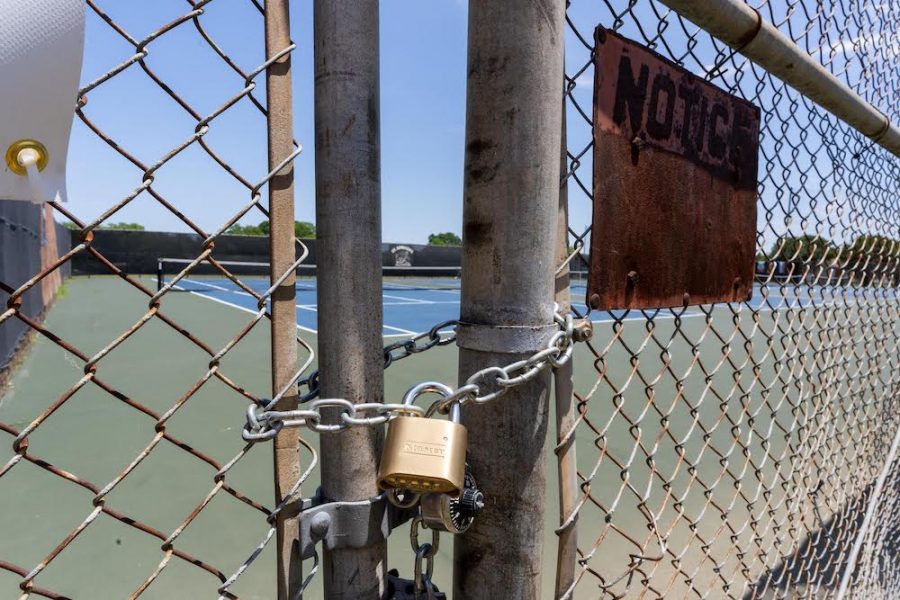
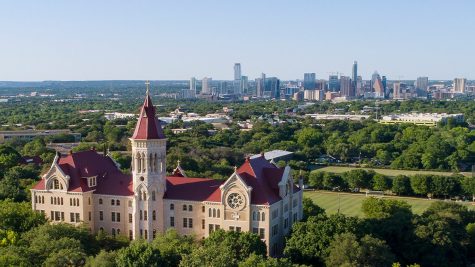
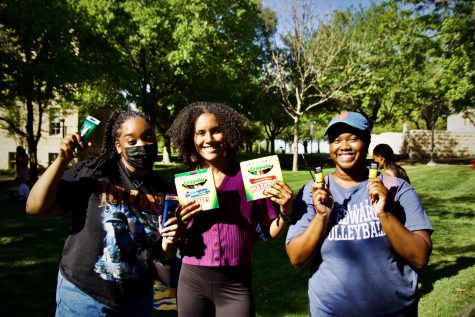
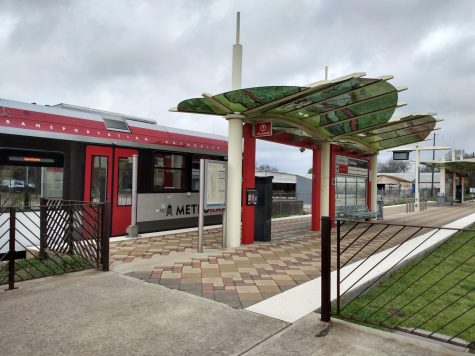
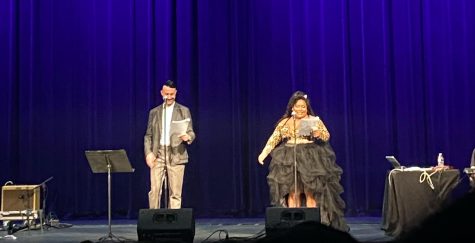

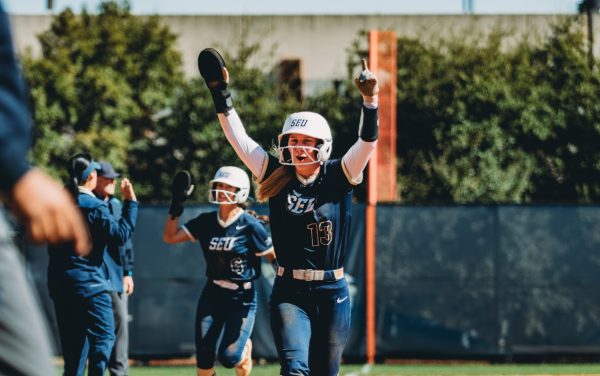

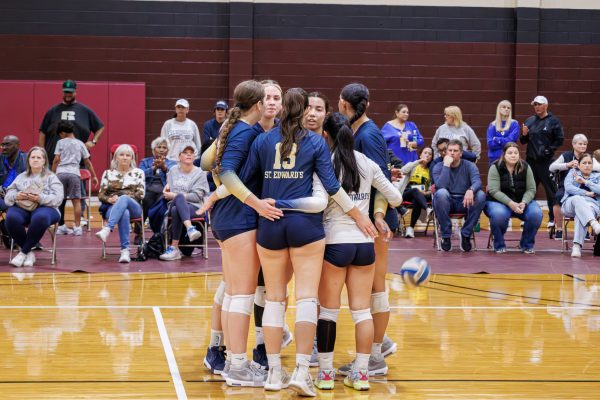
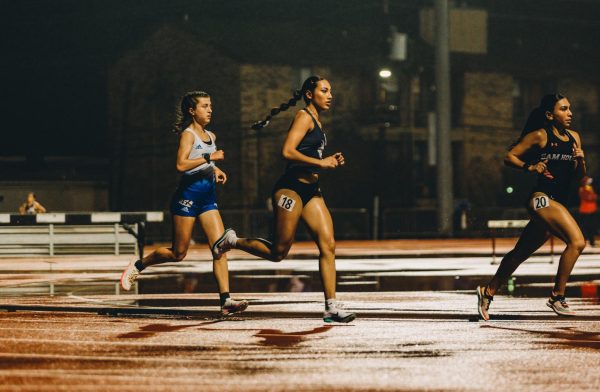
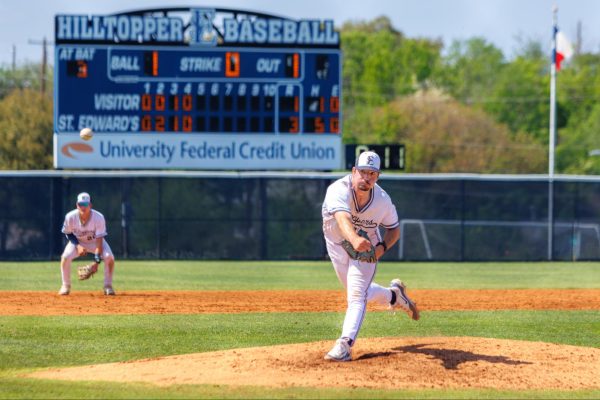
Emilio Conde • May 9, 2021 at 3:39 pm
When profits were poor, Nintendo’s President Satoru Iwata cut his own pay in half. He did this to not fire his staff. He didn’t view it as a sacrifice but necessary to produce games like: Pokemon, Super Mario World, Yoshi’s Island and Metroid. It hard to begin to explain the impact of these games but remember even Americans started exercising for the chance of catching one.
St Edwards is the complete opposite. To bad they are dealing with peoples education and not video games. While It’s fun to see the administration of a greedy gaming company get what they deserve the administrators of universities hurt students, staff and parents when they fail.
I’m not sure what this administration values? Getting rid if sports hurts the idea of meritocracy, equality and fairness and spits on the face of the egalitarian ethos left by our founding fathers. Meritocracy used to be one of the most important academic values and its worth fighting for. I find it hypocritical that the administration uses minority kids like me as a political tolken for cheap political influence yet they do not fight for a minority kid who earned their spot instead with talent and not money.
Lisa Galassini • May 8, 2020 at 3:28 pm
It seems the student athletes have established why the programs should continue to be part of St. Edward’s University. Now it is time for the President and Administration to re-examine the entire situation. There is a solution and it needs to be found immediately.
Administration, let us know that St. Edward’s students come first!!!
Linda Harrell • May 8, 2020 at 8:24 am
Well presented, Chase. Makes one wonder true motivations. You are going to be successful however this turns out. Thank you for fighting for your teams!